RESTORATION, PRESERVATION & ARCHIVING
MENU
RESTORATION OF A PHOTOGRAPH FOR A DOCUMENTARY FILM
For many years there thought to be no photographs left of Josephine Carlisi, one of the many victims of the Triangle Shirtwaist Factory fire. But after years of research a small medallion was found, positively identified and dated. Unfortunately, over the years, the medallion suffered serious damages, and a lot of work had to be put in restoring the image in preparation for HBO documentary film "Triangle: Remembering The Fire" dedicated to 100th anniversary of that tragic event. Particular attention was given to preservation of authentic look of the image. Careful reconstruction of the facial features brought back the appearance of a young and beautiful young woman who perished in one of the deadliest industrial disaster in the history of New York City and one of the deadliest in United States history.
 In 1911, 31 year old Josephina was a garment worker at the Triangle Waist Company. From her documented injuries and cause of death, Josephina was most likely one of those who, unable to escape the flames, jumped from the top floors windows. Her body was reportedly identified by her brother, Vincent Buscemi. She was identified as Case #6 in the January 15, 1913 Report of the Joint Relief Committee: "J.C., 35 years old, dead, union member, earned $12.00 a week. Leaves husband, arm slightly injured, and three children all under school age.”
In 1911, 31 year old Josephina was a garment worker at the Triangle Waist Company. From her documented injuries and cause of death, Josephina was most likely one of those who, unable to escape the flames, jumped from the top floors windows. Her body was reportedly identified by her brother, Vincent Buscemi. She was identified as Case #6 in the January 15, 1913 Report of the Joint Relief Committee: "J.C., 35 years old, dead, union member, earned $12.00 a week. Leaves husband, arm slightly injured, and three children all under school age.”
 Located in a building at 23–29 Washington Place of the Greenwich Village neighborhood of Manhattan, New York City. The Triangle Shirtwaist Factory occupied top three floors of the building and employed hundreds of workers, mostly female immigrants from Italy and Russia. At the time, most building and factory managers did not pay attention to safety coded and regulations that were needed to ensure the safety of the building. The rooms occupied by Triangle Shirtwaist Factory were packed with flammable products hanging from lines above workers' heads and stacked in every available corner. Tissue paper cutting templates hung from the ceiling and spread across the rooms. Linen and cotton cuttings littering the floors, rows of tightly spaced sewing machines and cutting tables made it extremely difficult for the workers to move around.
Located in a building at 23–29 Washington Place of the Greenwich Village neighborhood of Manhattan, New York City. The Triangle Shirtwaist Factory occupied top three floors of the building and employed hundreds of workers, mostly female immigrants from Italy and Russia. At the time, most building and factory managers did not pay attention to safety coded and regulations that were needed to ensure the safety of the building. The rooms occupied by Triangle Shirtwaist Factory were packed with flammable products hanging from lines above workers' heads and stacked in every available corner. Tissue paper cutting templates hung from the ceiling and spread across the rooms. Linen and cotton cuttings littering the floors, rows of tightly spaced sewing machines and cutting tables made it extremely difficult for the workers to move around.
 In the late afternoon of March 25, 1911a fire started in bin under a table where layers of fabric had just been stacked ready for cutting. The fire ignited the tissue paper templates hung from the ceiling. Once ignited, the tissue paper floated around, setting off more fires throughout the cutting floor. With a building having only a single fire escape, with most exit doors padlocked or barricaded many, with a narrow and poorly lit main stairwell, and elevator damaged by fire, workers were unable to escape the tightly packed rooms. Many of the workers died in the fire, some from inhaling thick smoke, others jumped out the building's windows to escape the flames.
The fire department responded quickly, but their hoses' spray could not reach the top floors and ladders of the time were unable to reach above the 6th floor. By the time the fire was extinguished, 141 people had lost their lives. In the next few days, 5 more would die from their injuries.
In the late afternoon of March 25, 1911a fire started in bin under a table where layers of fabric had just been stacked ready for cutting. The fire ignited the tissue paper templates hung from the ceiling. Once ignited, the tissue paper floated around, setting off more fires throughout the cutting floor. With a building having only a single fire escape, with most exit doors padlocked or barricaded many, with a narrow and poorly lit main stairwell, and elevator damaged by fire, workers were unable to escape the tightly packed rooms. Many of the workers died in the fire, some from inhaling thick smoke, others jumped out the building's windows to escape the flames.
The fire department responded quickly, but their hoses' spray could not reach the top floors and ladders of the time were unable to reach above the 6th floor. By the time the fire was extinguished, 141 people had lost their lives. In the next few days, 5 more would die from their injuries.
In the aftermath of the tragedy the factory owners were charged with criminal negligence and faced multiple lawsuits from the victims' families. The public outcry led to introduction new building and safety regulations, including mandatory fire drills, regular fire inspections, and installation of fire hoses, sprinklers, exit signs and fire alarms. The wide-ranging legislation requiring improved factory safety standards and helped the establishment of International Ladies Garment Workers Union.

|

|

|

|

|

|

|

|

|
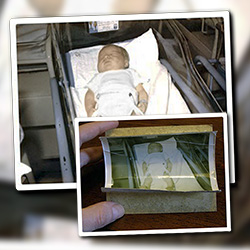
|
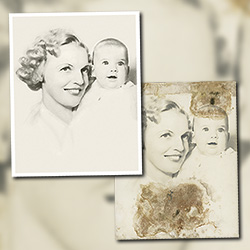
|
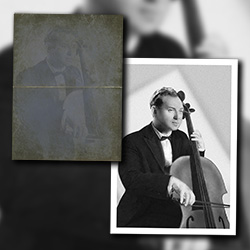
|

|

|

|

|

|

|

|

|

|

|

|

|
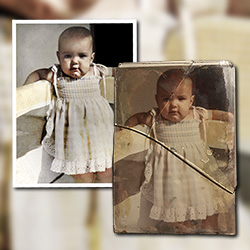
|

|

|

|

|

|

|
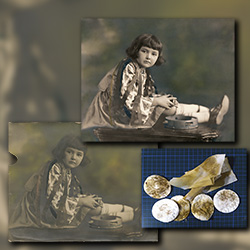
|

|

|

|

|

|

|

|

|
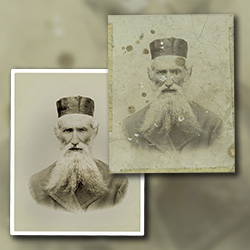
|

|

|

|

|
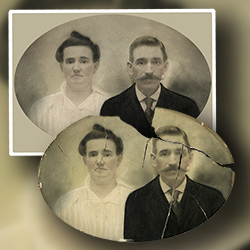
|

|

|

|

|

|

|

|

|

|

|

|

|

|

|